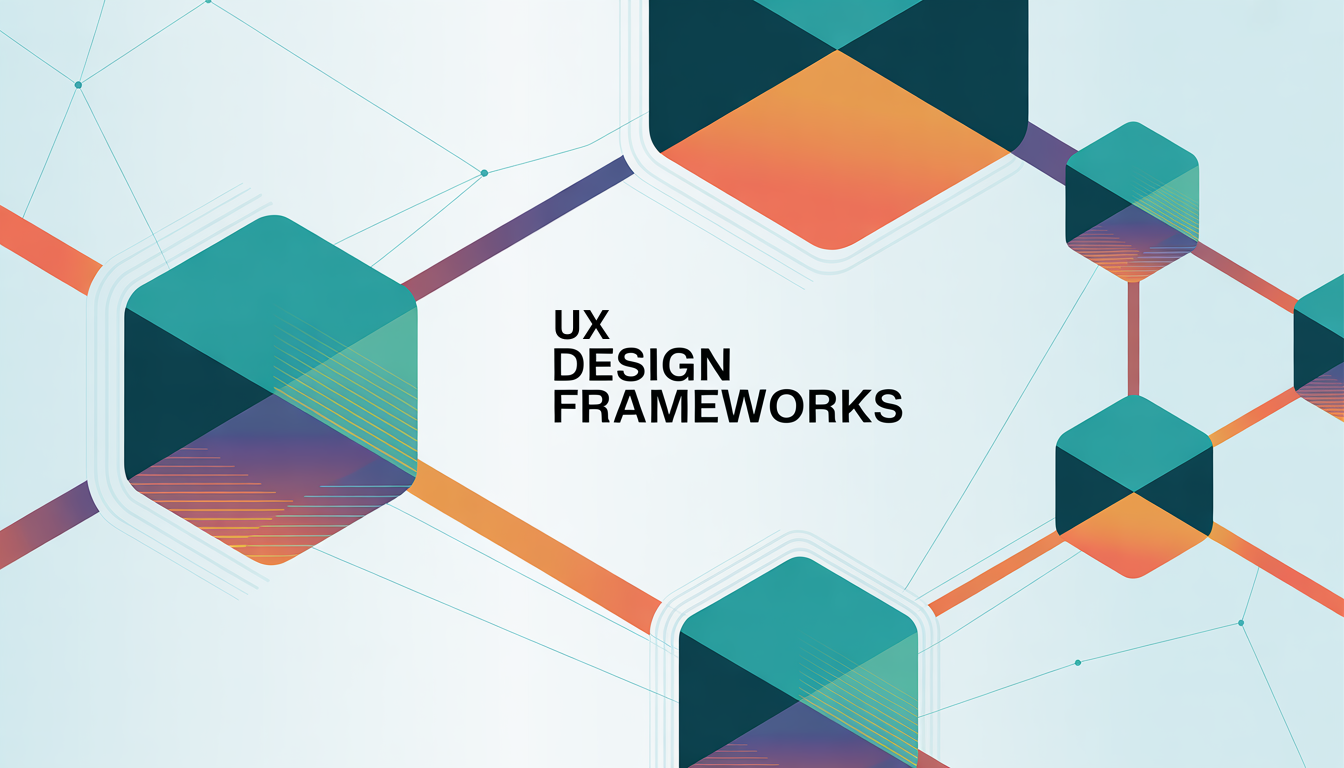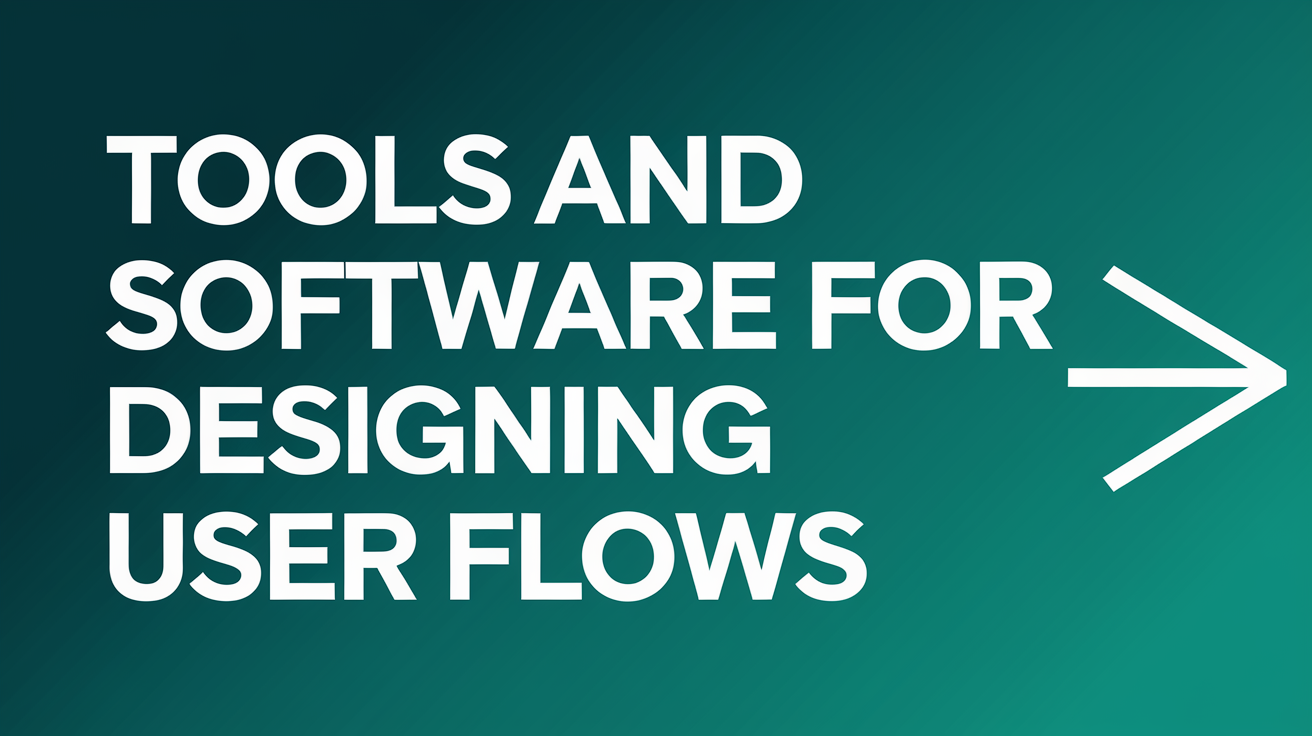In today’s fast-paced digital landscape, having the right UX design frameworks isn’t just helpful — it’s essential. These frameworks simplify complexity, align teams, and help turn great ideas into intuitive, impactful products.
Whether you’re part of a lean startup or a growing enterprise, using proven frameworks like Lean UX, Double Diamond, and the Hook Model can elevate your design process.
In this article, we’ll show how top teams use these frameworks to boost collaboration, accelerate feedback, and design experiences that truly resonate. You’ll get a peek at strategies rooted in behavioral psychology, agile iteration, and structured problem-solving.
Curious how to turn user insight into product impact? Let’s dive in.
What Are UX Design Frameworks?
UX design frameworks are key in creating efficient design strategies for companies. They offer a set of tools, processes, and protocols to solve problems and manage projects better. By using popular ux design frameworks, companies can make it easier for new team members to join. They also help teams work better together, even when they’re big and diverse.
Choosing the right ux design framework is important for any project. It helps teams tackle digital design challenges and work smoothly together. These frameworks give a clear path to finding new solutions and talking effectively. They’re flexible and help teams adapt to changing needs, making them vital for today’s design teams.
Key Components of UX Design Frameworks
Understanding the core components of UX design frameworks is essential, especially for beginners. These elements help ensure that digital products are user-friendly, effective, and accessible. Below are the foundational components:
- User Research: Provides insights into user needs, behaviors, and motivations. This research informs every stage of the design process.
- User Personas: Fictional yet data-driven representations of target users. These guide design decisions to align with real user expectations.
- Information Architecture (IA): Organizes and structures content logically so users can easily navigate and find what they need.
- Prototyping: Involves creating interactive mockups of the product to visualize design concepts and workflows.
- Usability Testing: Real users test the prototypes, and designers gather feedback to refine and improve the product.
Together, these components support a user-centered design process that enhances usability and streamlines product development. For beginners, applying this framework can lead to more intuitive and successful design outcomes.
Benefits of Using a UX Design Framework
Using a UX design framework can make your design projects more efficient and consistent. It’s very helpful for beginners in UX design. These frameworks offer a structured way to work, helping to overcome common challenges and learn faster.
They act as a blueprint, ensuring all design parts work together. This leads to a consistent user experience that shows off the brand’s identity and values.
Design teams also see better collaboration when they use a UX design framework. It makes it easier to talk and share ideas. This is key for a smooth workflow and great project results.
These frameworks put the user at the center of the design process. This means the design focuses on user needs and actively addresses them. This approach boosts user satisfaction and loyalty, leading to better business outcomes.
In summary, using UX design frameworks makes your work smoother, more productive, and of higher quality. This method keeps users engaged and gives you an edge in the market.
Popular UX Design Frameworks Overview
UX design benefits greatly from top frameworks. Design Thinking is a standout of the best ux design frameworks. It uses a five-stage process to understand users deeply. This includes empathy, definition, ideation, prototyping, and testing.
The Double Diamond framework is popular for its focus on thinking. It has two main phases. First, it explores widely, then narrows down to focus on solutions.
Lean UX is all about teamwork and quick design changes. It uses feedback to make designs better faster. This approach cuts waste and makes decisions based on user data.
These frameworks show the latest ux design framework trends. They highlight the need for user feedback and constant improvement. They help teams innovate while keeping user needs and business goals in mind.

How To Choose the Right UX Design Framework
Choosing the right UX design framework is crucial for improving your digital products. A detailed ux design framework comparison is essential. It helps find the best framework for your project’s goals. Different frameworks meet different needs, from making products easier to use to creating habits.
Consider your team’s skills when picking a framework. A good fit means easier implementation and better adaptation. Also, think about the framework’s flexibility for future growth and tool integration.
Project complexity and deadline are also important. Some frameworks are great for quick prototyping and testing, perfect for tight schedules. A thorough comparison helps make a choice that meets both immediate and long-term needs.
Make sure the framework fits your company’s culture and improves workflow. Each framework has its strengths. Finding one that aligns with your values and boosts productivity is vital for a successful UX strategy.
Implementing a UX Design Framework
Understanding the step-by-step process of implementing best ux design frameworks is key for design teams. Learn about the chosen framework, whether you pay for it or use a free UX design framework. Then, adapt it to fit your team’s culture.
Getting stakeholders on board is crucial. Show them how frameworks like Lean UX or Agile UX can boost results. These frameworks use short, flexible design sprints for quick prototyping.
Be ready to tackle any early challenges. Misunderstandings about UX frameworks can slow team adoption. Use workshops and training to clear up confusion and keep everyone aligned.
It doesn’t matter if you’re using free ux design frameworks or premium ones. The key is to keep improving and refining. This ensures the framework meets business goals and adapts to user and tech changes.
Case Studies of UX Design Frameworks in Action
In the world of user experience, using top UX design frameworks has changed things a lot. For example, Google’s Material Design is a big hit in tech and e-commerce. It makes sure user interfaces work well together, making things easier for everyone.
Online shopping has also seen big changes thanks to UX design frameworks. Stores now get more people to buy and stay longer on their sites. This is because they use designs that are easy to use and look good.
These examples show how UX design frameworks can really help. They make things better for users and help businesses do well, too. By using these frameworks, companies can make their digital products better and keep focusing on what users need.
Future Trends in UX Design Frameworks
As we look ahead, UX design frameworks will change a lot. New tech and societal shifts will play big roles. Experts say we’ll see more artificial intelligence (AI) and machine learning. These tools will make things more personal and user-friendly by doing hard tasks and better guessing what users want.
Top UX design frameworks will focus more on being ethical. This means they’ll care a lot about privacy, making things accessible to everyone, and being fair. Designers will aim to make products that are not just good but also good for society.
Behavioral models will also become more important. They help designers understand how users act, making experiences more engaging. Predictive analytics will grow too, helping designers guess what users need and improve interfaces before they even ask.
In short, future UX design trends will change how we make and improve user interfaces. By using new tech and ethics, we’ll see more tailored, easy-to-use, and responsible designs. This will set a new high standard in design.
Resources for Learning About UX Design Frameworks
Starting your journey in user experience design? You have many resources to learn free UX design frameworks. Online platforms like Coursera and edX have courses for all levels. They offer video tutorials, projects, and discussions to help you learn without spending a dime.
Looking for books on UX frameworks? “Lean UX” by Jeff Gothelf and Josh Seiden is a great choice. It shows how to mix UX design with agile development. “Hooked: How to Build Habit-Forming Products” by Nir Eyal also explores the psychology behind UX design.
For the latest in UX, check out UXPin and UX Collective. They publish articles on trends, case studies, and new UX framework developments. These sources keep you updated and informed.
Don’t forget the importance of community in learning. The Interaction Design Foundation is a place where designers share knowledge and get feedback. Joining forums and webinars can also boost your UX skills. Whether you’re new or experienced, these resources help you grow in the world of user experience design.
Design Smarter: Make UX Frameworks Work for You
UX frameworks aren’t just buzzwords — they’re practical tools that help you stay focused, organized, and user-centered. Whether you’re mapping out wireframes or planning user flows, the right framework makes all the difference.
As digital products keep evolving, so should your approach. From agile methods to AI-infused processes, the future of UX is about working smarter, not harder. Now’s the time to build a toolkit that grows with you.
Looking for real advice and fresh ideas to level up your design game? Check out Mood Joy, a blog packed with honest takes, helpful tips, and best practices in UX and UI design.
Get insights you can actually use, delivered straight to your inbox.



